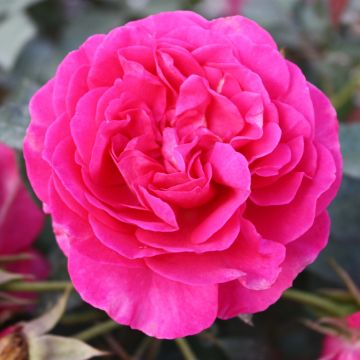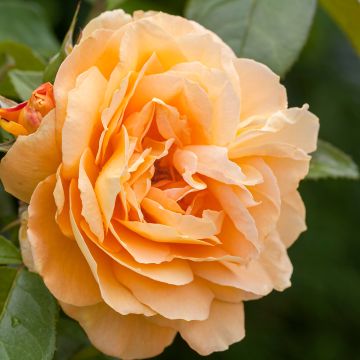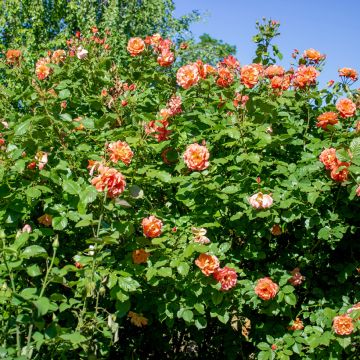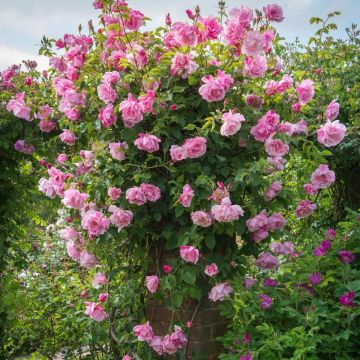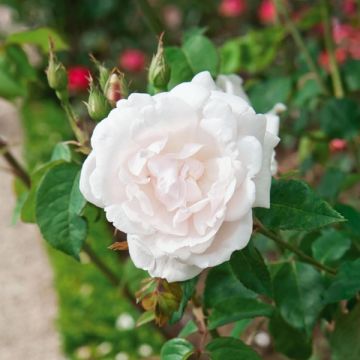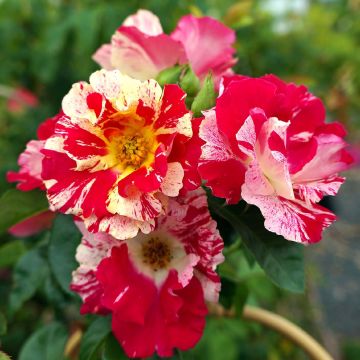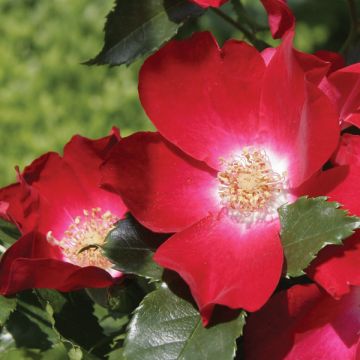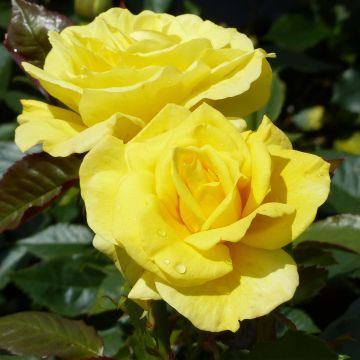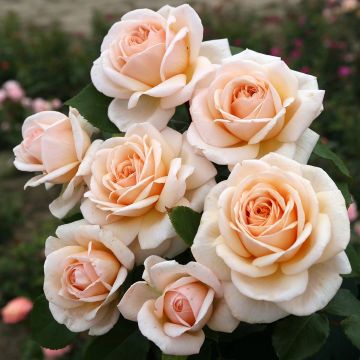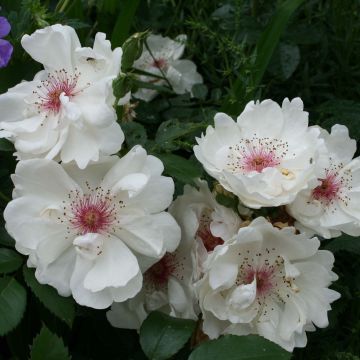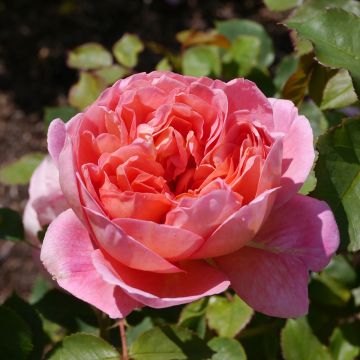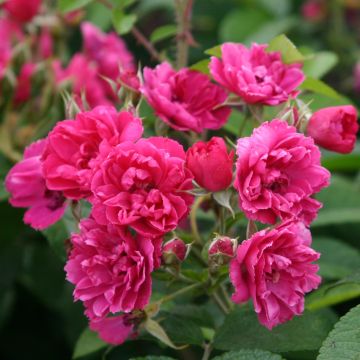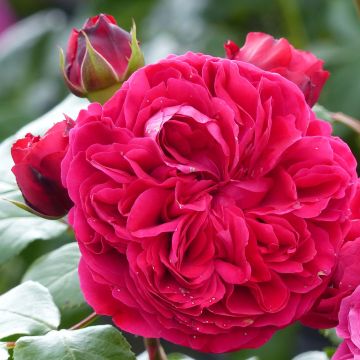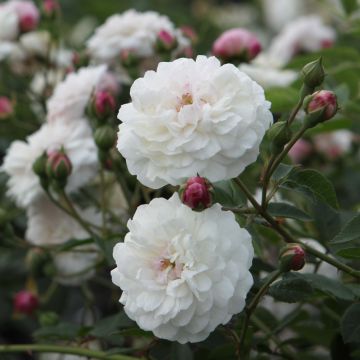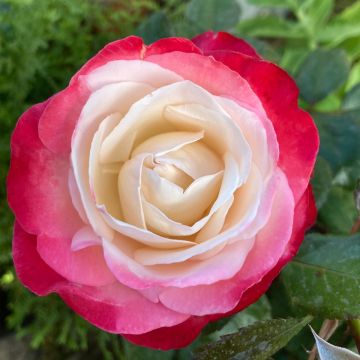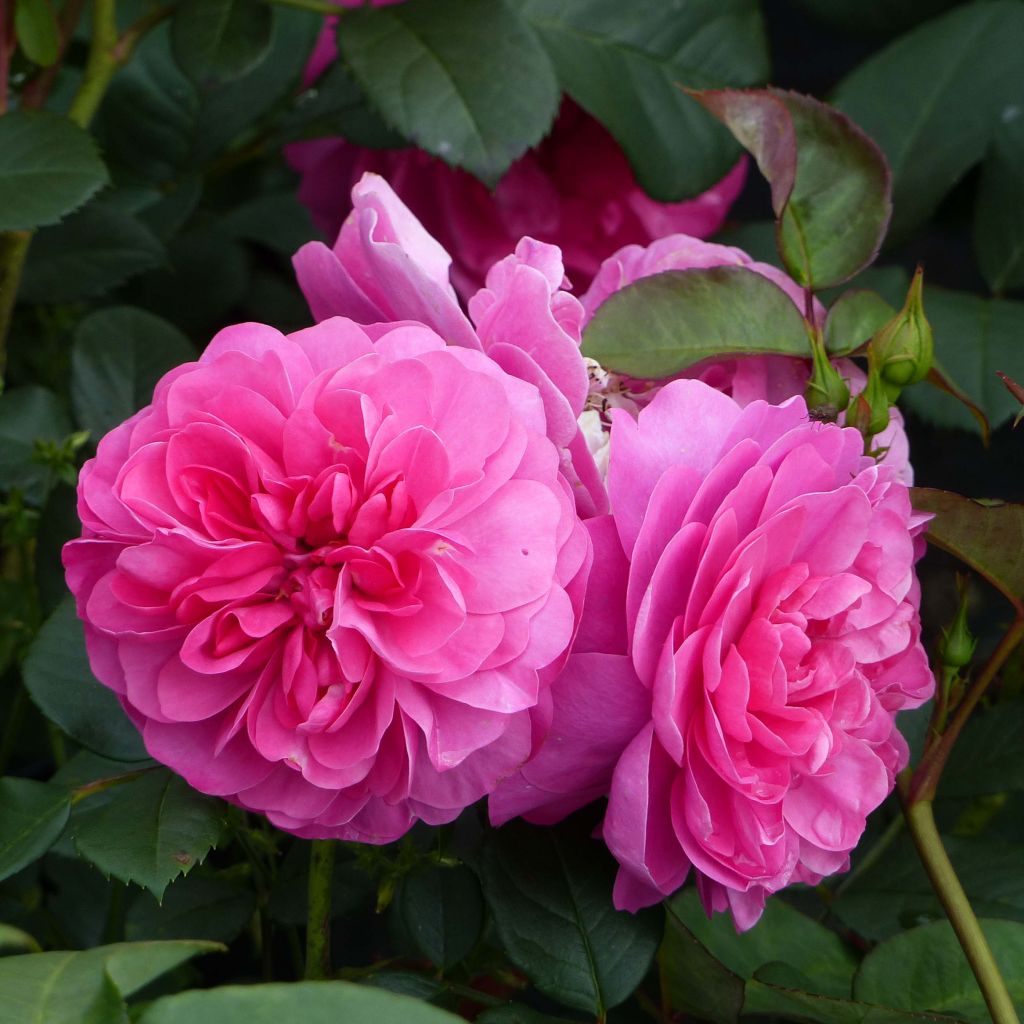

Rosa 'Allegro' - Climbing Rose
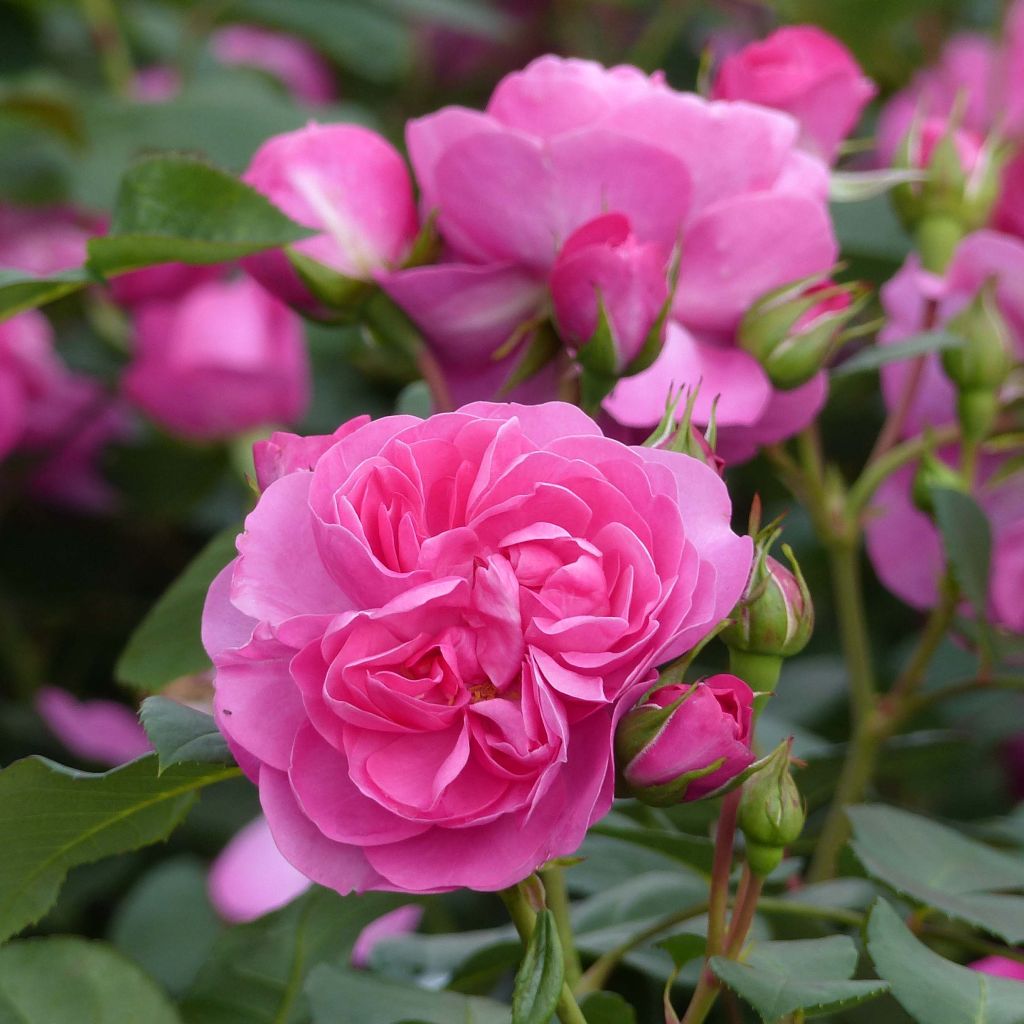

Rosa 'Allegro' - Climbing Rose
Rosa 'Allegro' - Climbing Rose
Rosa Allegro ® 'Meileodevin'
Meileodevin
This item cannot be shipped to the selected country
Delivery charge from €5.90
Delivery charge from €5.90
Delivery charge from €5.90
Delivery to Corse prohibited
More information
Schedule delivery date,
and select date in basket
This plant carries a 24 months recovery warranty
More information
We guarantee the quality of our plants for a full growing cycle, and will replace at our expense any plant that fails to recover under normal climatic and planting conditions.
From €5.90 for pickup delivery and €6.90 for home delivery
Express home delivery from €8.90.
From €5.90 for pickup delivery and €6.90 for home delivery
Express home delivery from €8.90.
From €5.90 for pickup delivery and €6.90 for home delivery
Express home delivery from €8.90.
Delivery to Corse prohibited: UE law prohibits the import of this plant from mainland France to Corse as part of the fight against Xylella fastidiosa. Please accept our sincere apologies.
More information
Does this plant fit my garden?
Set up your Plantfit profile →
Description
The 'Allegro' Rose is a recent variety with a climbing habit and moderate growth. It has many advantages: robustness, hardiness, excellent disease resistance, and a long flowering period with dark pink double flowers reminiscent of old-fashioned quartered roses. It also has the advantage of producing flowers even at the base of the branches, on lovely dense foliage, giving this beautiful plant a neat flowering columnar look.
The climbing rose 'Allegro' or 'Merleodevin' is a creation by Meilland, introduced in 2014. When regularly pruned, it remains a small climbing bush, not exceeding 2m (7ft) in height. It forms a beautiful, vigorous bush with a flexible and free habit if not trained. Its thorny branches are adorned with abundant small green foliage, rather matte in finish, particularly resistant to black spots, and truly decorative. It blooms abundantly in June and continues to flower consistently until the first frost. It produces wide 8cm (3in) roses, double (100 petals), arranged in quarters in the centre of a collar of larger petals. They have excellent durability. They open in a cup shape, reminiscent of old-fashioned roses, displaying uniform and deep cherry pink petals. They are almost devoid of fragrance.
The 'Allegro' Rose is also a hardy and undemanding plant, thriving in any ordinary soil without excess limestone. It will charm enthusiasts of well-groomed plants, as when trained on a post, for example, it forms a true flowering garland from bottom to top, perfectly regular. It can also be left to grow as a large bush without directing its growth; it will then form a romantic mass of flowers and foliage, ideal as a backdrop for a perennial or low-growing shrub border (such as shrubby cinquefoil, dwarf abelia and buddleias, groundcover roses, heathers, compact physocarpus...). It could also be imagined in a rose hedge, associated with large white or pink shrubs (Iceberg, Felicité and Perpetue) or purple ones (Guinée, Francis Dubreuil, Young Lycidas...)
Report an error about the product description
Rosa 'Allegro' - Climbing Rose in pictures
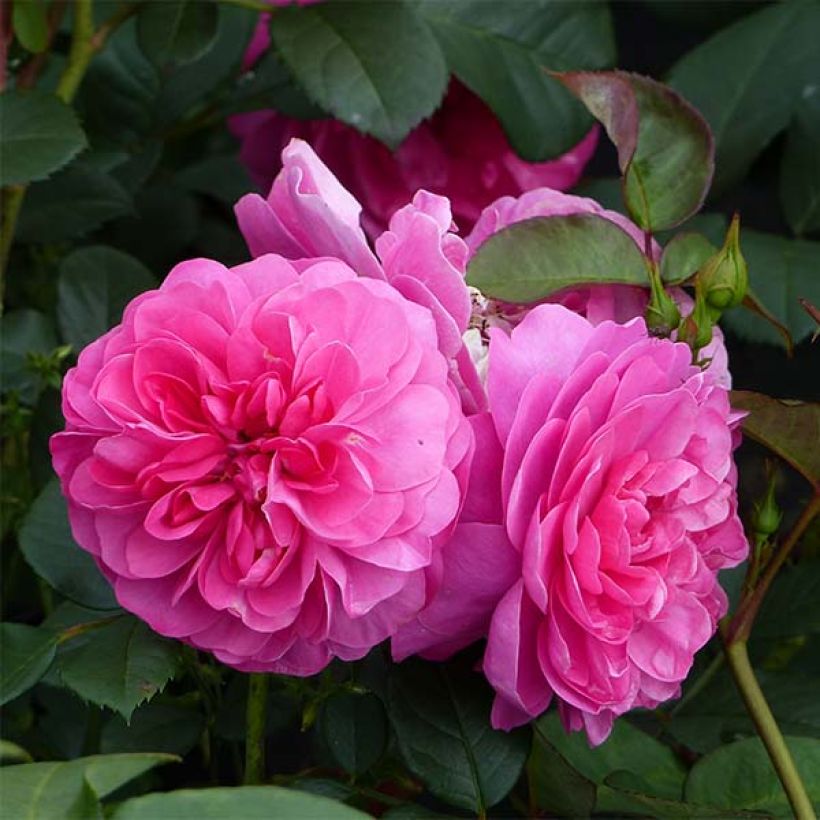

Plant habit
Flowering
Foliage
Botanical data
Rosa
Allegro ® 'Meileodevin'
Rosaceae
Meileodevin
Cultivar or hybrid
Rosa canina Laxa (4L/5L pot, Wrapped bare root)
Other Climbing Roses
Planting and care
Plant your Allegro Rose in a rather sunny location. Roses are tolerant but won't like excessive limestone and are more resistant in fertile and well-drained soil. They will adapt to any garden if the soil is well-worked and rich. To plant your rose, work the soil by crumbling it and place an amendment, such as blood, fish and bone, at the bottom of the planting hole. Water generously after planting to remove air pockets. Water regularly for a few weeks to facilitate rooting. At the end of winter, shorten the oldest branches to 3-5 eyes above the ground (at the lowest), and choose an outward-facing bud for a more elegant habit. Take advantage of this pruning to remove dead wood and unsightly branches. Pruning is done at an angle above a bud. As the flowers bloom, remove faded flowers, stimulating the development of other buds.
If you plant a climbing or rambling rose next to a living tree, the rose's root system will compete with that of the already well-established tree. To control watering, here's a tip: plant the rose in a large container with a perforated bottom at the base of the tree. The tree's roots will not penetrate the container for at least a year. Remove the container after 1 year, for example, by cutting one side without disturbing the rose's root system. The rose will have had time to develop its root system deeply and will be more resistant.
Roses often develop unsightly stains at the end of summer, but this is a natural occurrence and doesn't harm their growth.
Planting period
Intended location
Care
-
, onOrder confirmed
Reply from on Promesse de fleurs
Roses by purpose
Haven't found what you were looking for?
Hardiness is the lowest winter temperature a plant can endure without suffering serious damage or even dying. However, hardiness is affected by location (a sheltered area, such as a patio), protection (winter cover) and soil type (hardiness is improved by well-drained soil).

Photo Sharing Terms & Conditions
In order to encourage gardeners to interact and share their experiences, Promesse de fleurs offers various media enabling content to be uploaded onto its Site - in particular via the ‘Photo sharing’ module.
The User agrees to refrain from:
- Posting any content that is illegal, prejudicial, insulting, racist, inciteful to hatred, revisionist, contrary to public decency, that infringes on privacy or on the privacy rights of third parties, in particular the publicity rights of persons and goods, intellectual property rights, or the right to privacy.
- Submitting content on behalf of a third party;
- Impersonate the identity of a third party and/or publish any personal information about a third party;
In general, the User undertakes to refrain from any unethical behaviour.
All Content (in particular text, comments, files, images, photos, videos, creative works, etc.), which may be subject to property or intellectual property rights, image or other private rights, shall remain the property of the User, subject to the limited rights granted by the terms of the licence granted by Promesse de fleurs as stated below. Users are at liberty to publish or not to publish such Content on the Site, notably via the ‘Photo Sharing’ facility, and accept that this Content shall be made public and freely accessible, notably on the Internet.
Users further acknowledge, undertake to have ,and guarantee that they hold all necessary rights and permissions to publish such material on the Site, in particular with regard to the legislation in force pertaining to any privacy, property, intellectual property, image, or contractual rights, or rights of any other nature. By publishing such Content on the Site, Users acknowledge accepting full liability as publishers of the Content within the meaning of the law, and grant Promesse de fleurs, free of charge, an inclusive, worldwide licence for the said Content for the entire duration of its publication, including all reproduction, representation, up/downloading, displaying, performing, transmission, and storage rights.
Users also grant permission for their name to be linked to the Content and accept that this link may not always be made available.
By engaging in posting material, Users consent to their Content becoming automatically accessible on the Internet, in particular on other sites and/or blogs and/or web pages of the Promesse de fleurs site, including in particular social pages and the Promesse de fleurs catalogue.
Users may secure the removal of entrusted content free of charge by issuing a simple request via our contact form.
The flowering period indicated on our website applies to countries and regions located in USDA zone 8 (France, the United Kingdom, Ireland, the Netherlands, etc.)
It will vary according to where you live:
- In zones 9 to 10 (Italy, Spain, Greece, etc.), flowering will occur about 2 to 4 weeks earlier.
- In zones 6 to 7 (Germany, Poland, Slovenia, and lower mountainous regions), flowering will be delayed by 2 to 3 weeks.
- In zone 5 (Central Europe, Scandinavia), blooming will be delayed by 3 to 5 weeks.
In temperate climates, pruning of spring-flowering shrubs (forsythia, spireas, etc.) should be done just after flowering.
Pruning of summer-flowering shrubs (Indian Lilac, Perovskia, etc.) can be done in winter or spring.
In cold regions as well as with frost-sensitive plants, avoid pruning too early when severe frosts may still occur.
The planting period indicated on our website applies to countries and regions located in USDA zone 8 (France, United Kingdom, Ireland, Netherlands).
It will vary according to where you live:
- In Mediterranean zones (Marseille, Madrid, Milan, etc.), autumn and winter are the best planting periods.
- In continental zones (Strasbourg, Munich, Vienna, etc.), delay planting by 2 to 3 weeks in spring and bring it forward by 2 to 4 weeks in autumn.
- In mountainous regions (the Alps, Pyrenees, Carpathians, etc.), it is best to plant in late spring (May-June) or late summer (August-September).
The harvesting period indicated on our website applies to countries and regions in USDA zone 8 (France, England, Ireland, the Netherlands).
In colder areas (Scandinavia, Poland, Austria...) fruit and vegetable harvests are likely to be delayed by 3-4 weeks.
In warmer areas (Italy, Spain, Greece, etc.), harvesting will probably take place earlier, depending on weather conditions.
The sowing periods indicated on our website apply to countries and regions within USDA Zone 8 (France, UK, Ireland, Netherlands).
In colder areas (Scandinavia, Poland, Austria...), delay any outdoor sowing by 3-4 weeks, or sow under glass.
In warmer climes (Italy, Spain, Greece, etc.), bring outdoor sowing forward by a few weeks.




































